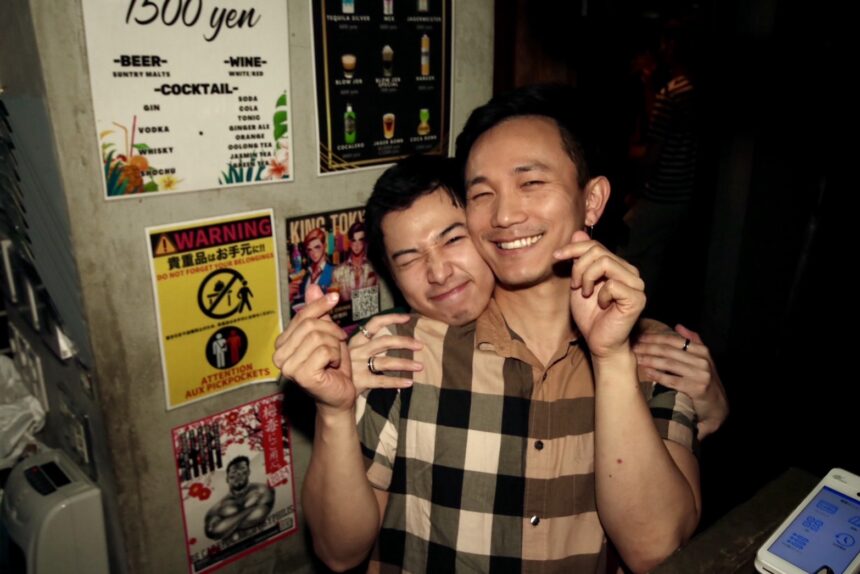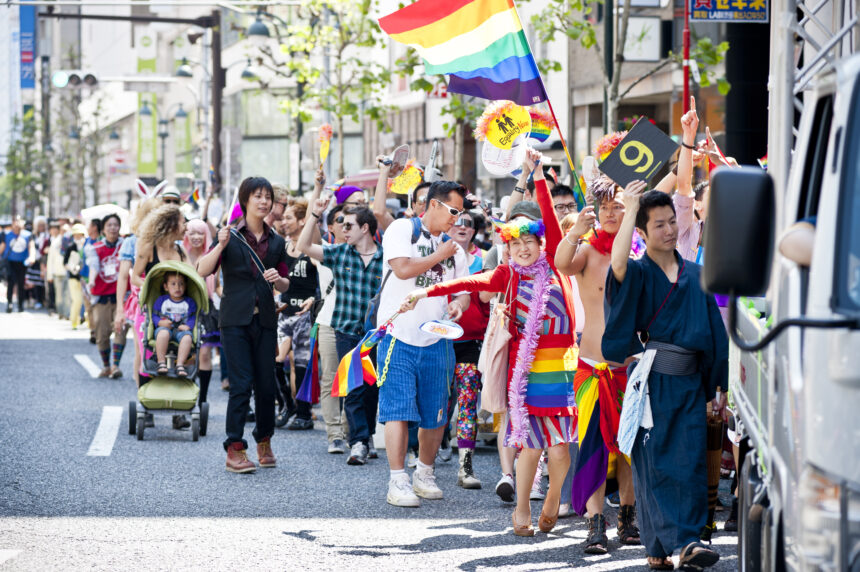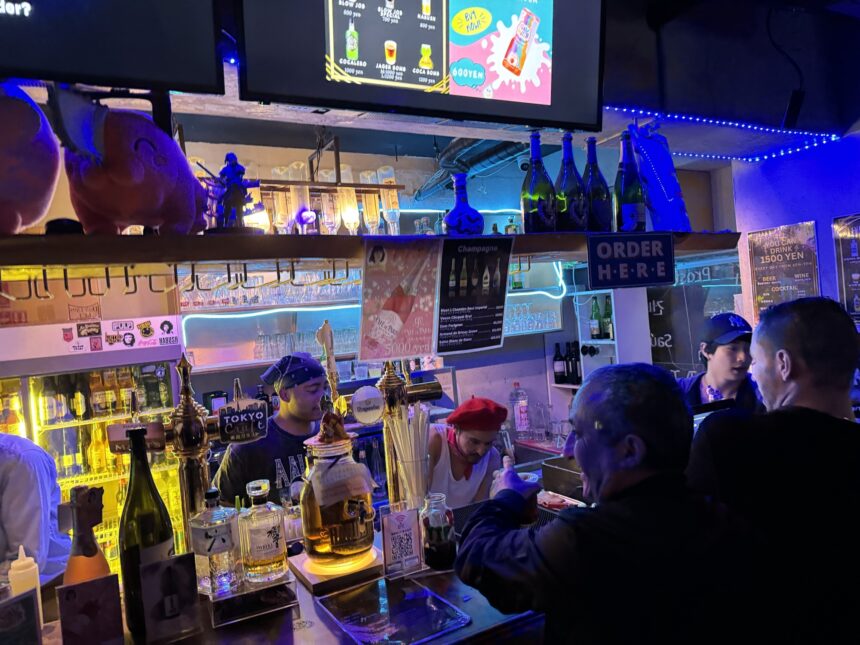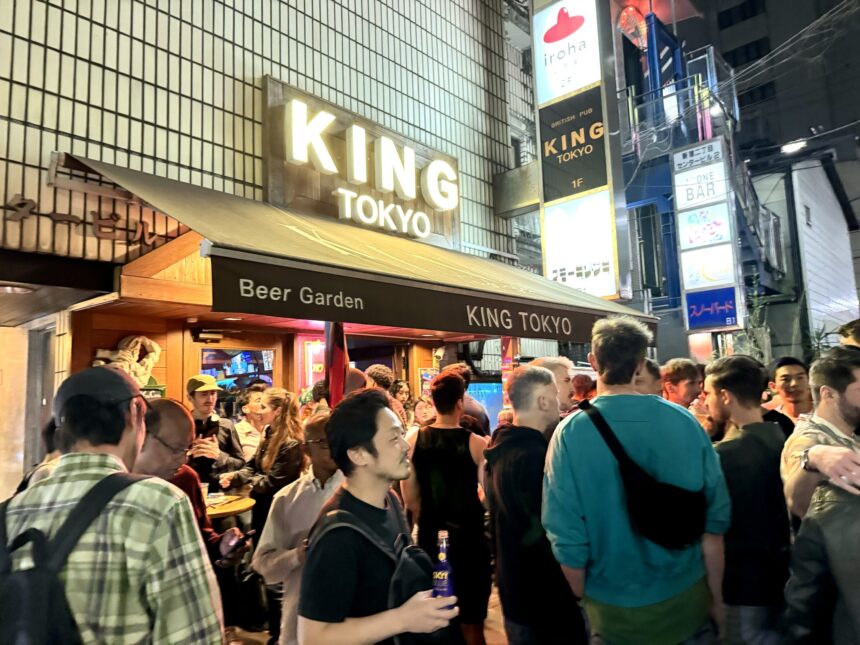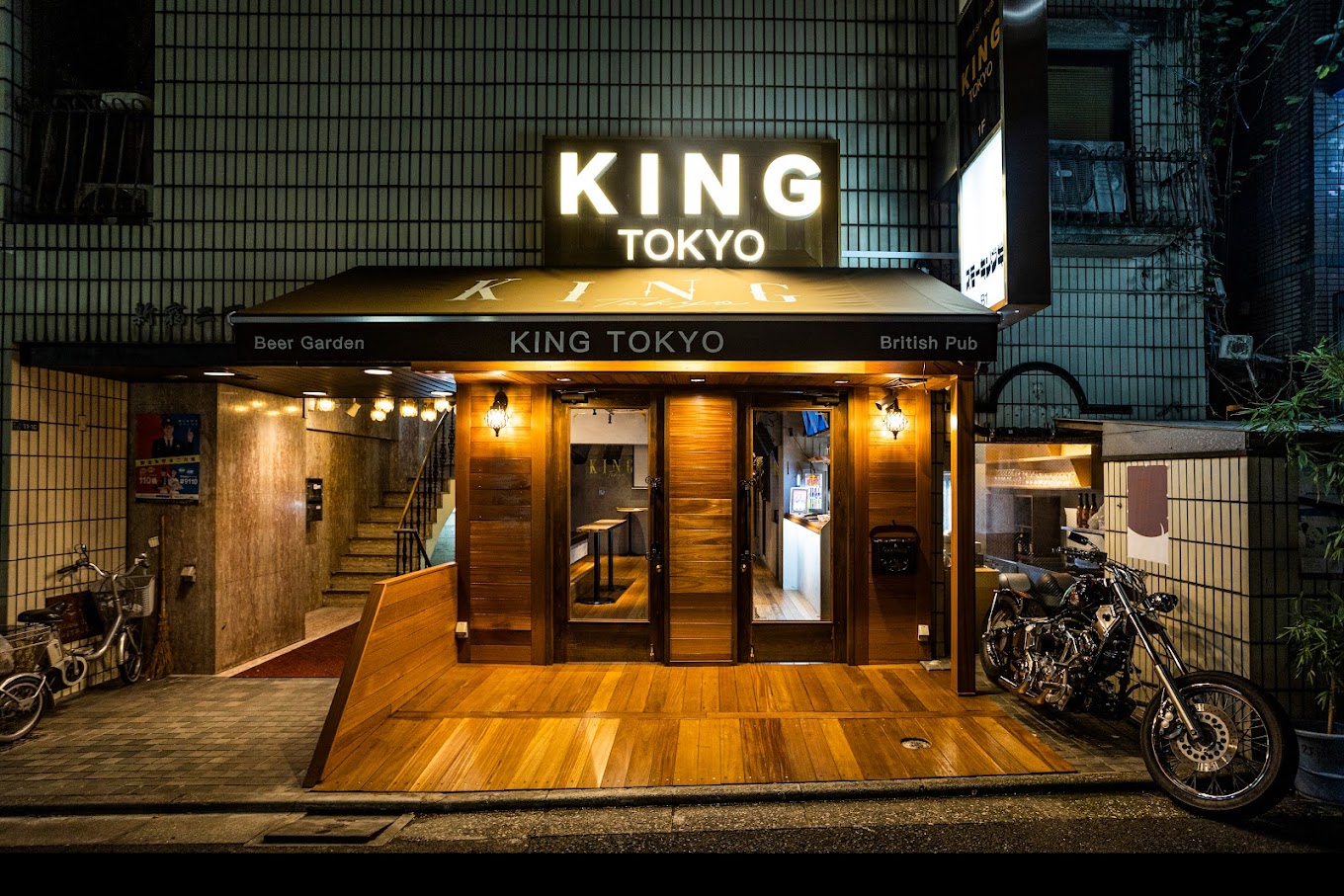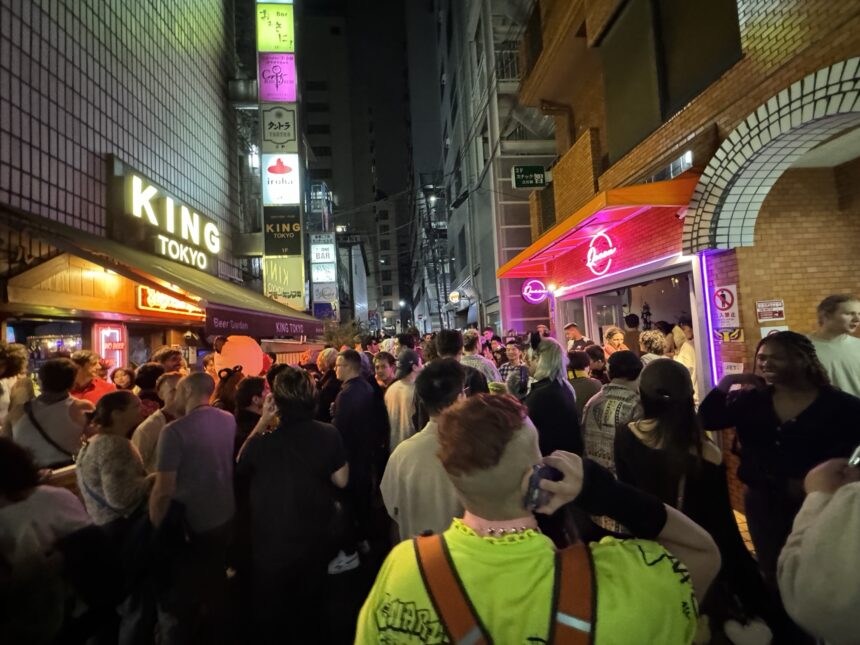Shinjuku Nichome, Tokyo’s premier LGBTQ district, has a rich and beautiful history. Over the years, it has developed its own unique culture that locals and tourists both love to take part in.
If you want to learn a little more about Shinjuku Nichome’s culture, history, and relationship to LGBTQ activism, look no further. There is a wealth of knowledge to discover about this district that you might not learn just by walking around on your average night out.
How Did Nichome Become Japan’s LGBTQ+ Hub?
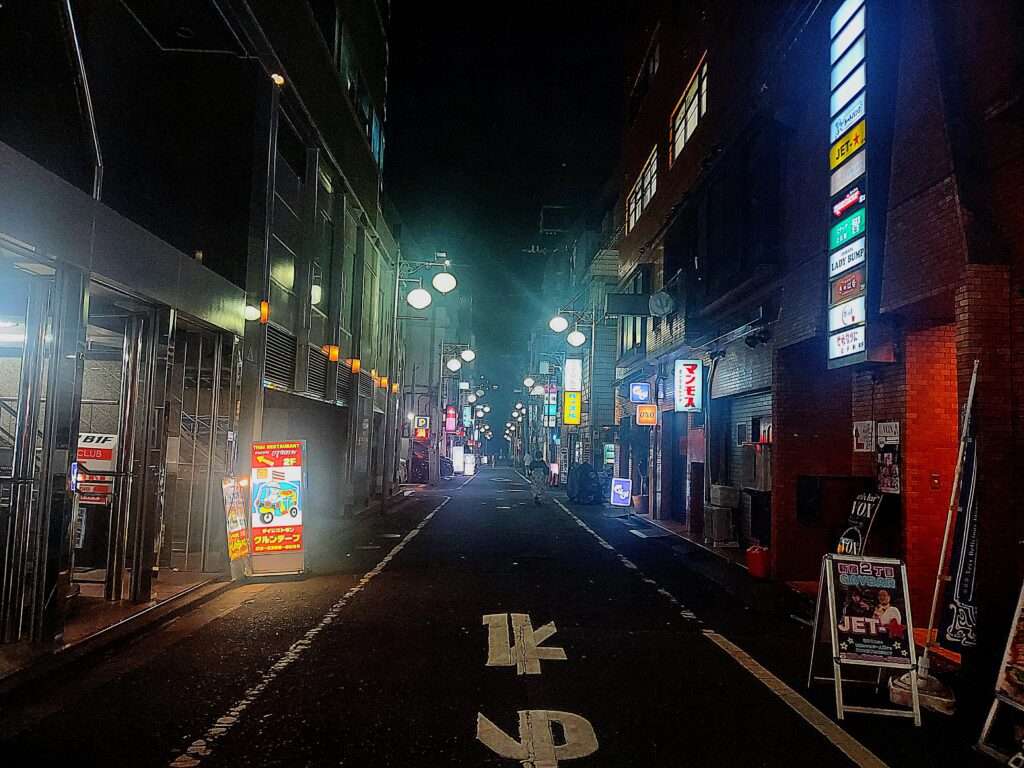

A major reason for the existence of Nichome in its current form is because the red light districts that came before were made illegal. Up until the mid 1950s, Shinjuku Nichome was a regular red light district that didn’t specifically cater to LGBTQ people. However, in 1956, prostitution was outlawed in Japan, giving rise to the need for the district to become a different kind of entertainment area. By the late 1950s, Shinjuku Nichome had become a well-known gay hotspot in Tokyo, and an entirely new culture emerged around it.
Gay bars, clubs and other social venues sprang up in the area, each one catering to a specific subset of the LGBTQ umbrella. Since many queer Japanese, especially in the 1950s, were still married with families and attended Shinjuku Nichome secretly, the bar culture matched their interests by setting up specific “scenes” for specific groups of people to attend covertly. Some of these “scenes” catered to groups such as the bear community, butch lesbians, feminine men, muscular men, drag queens, femme lesbians, BDSM enthusiasts and more.
Nichome and LGBTQ+ Advocacy
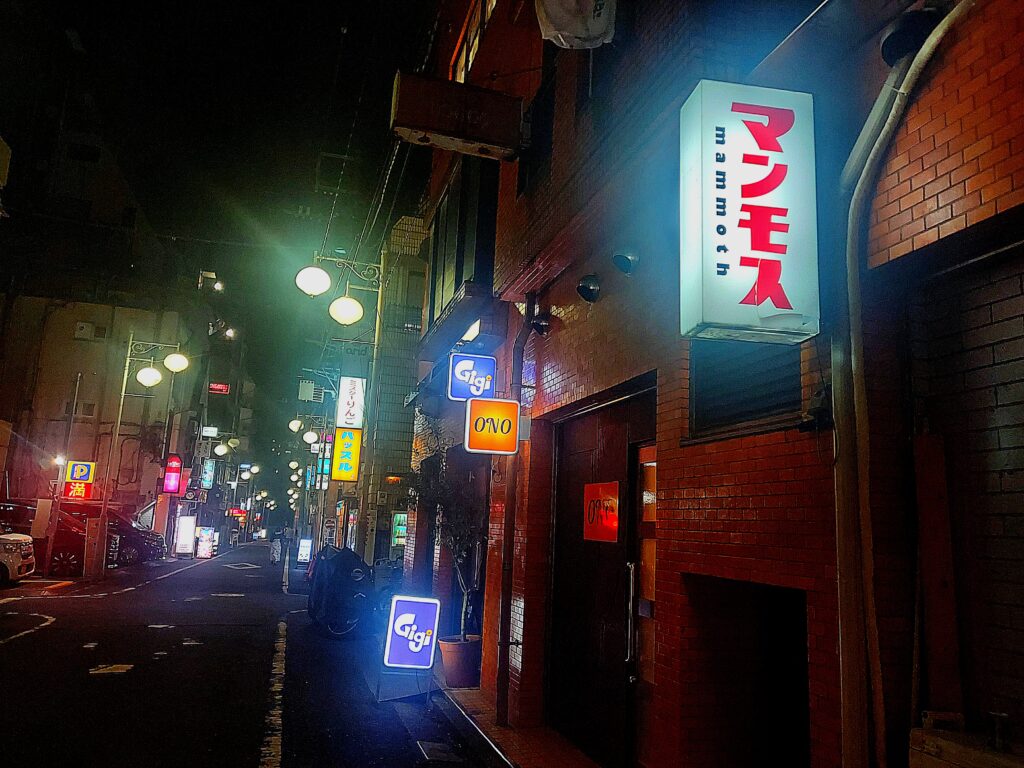

Shinjuku Nichome is not just a place to have fun. It also has a long and rich history of LGBTQ advocacy and activism. In 1976, the first counseling room was established for young gay men in the district, and in 1986 the first candlelight vigil for victims of the AIDS crisis was held. Efforts like these continue to this day, with the aim to help newly out queer people and to bring individuals of various backgrounds together.
Today, various establishments and services exist to achieve these goals, such as AKTA, an LGBTQ community center in Nichome that specializes in education about and prevention of HIV and AIDS. It also holds events such as a monthly pop-up cafe where you can meet like-minded people, chat, and learn a thing or two about Shinjuku Nichome.
In 1994, Tokyo hosted its first pride parade, Tokyo Rainbow Pride, which is still held today – and recently celebrated its 30th anniversary in April, 2024. The week-long event features guest speakers, performers, booths, a huge pride parade, and more.
Read more about Tokyo Rainbow Pride 2025 in the article below.
If you want to know more about queer history in Japan, check this post below!
Key Etiquettes for Nichome
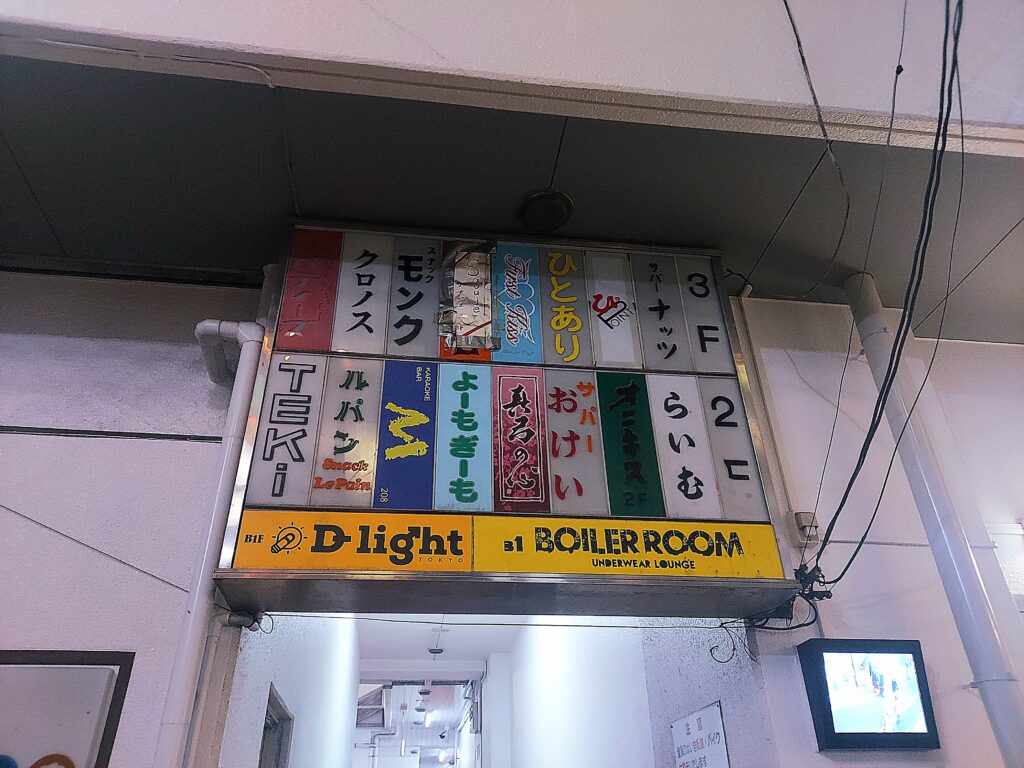

Another important aspect of Nichome’s culture is knowing what and what not to do when visiting. Don’t worry, the rules aren’t super strict or anything. But there are a few things you should keep in mind when checking out this vibrant queer district for the first time.
The first thing to bear in mind is not to judge a book by its cover. That is to say, don’t assume someone’s gender or sexuality based solely on how they look. There are a lot of people who may have a certain aesthetic, but identify in a completely different direction. For example, many people not so well-versed in the queer subculture may assume that all drag queens are trans women. In fact, many drag queens are cis men who like to dress in drag as a form of art, while other drag queens are indeed trans women who like to play up their femininity through drag. It all depends on the person, and it’s important to let someone tell you how they identify instead of assuming beforehand.
On the topic of drag, you are bound to see people dressed in drag casually walking around the district. Their outfits are unique, flashy, artistic and flamboyant. It makes sense that you might want to snap a covert photo of one of these outfits. However, it’s important to remember that these drag enthusiasts are still regular people like you or me, who probably don’t want their photo taken without their consent. So, if you want to take a photo of one of these stupendous outfits, just ask!
Now that everything you shouldn’t do is out of the way, here’s something you absolutely should do. Since tipping is not really a thing in Japan, one way to show your bartender some gratitude and easily start a conversation with them is to buy them a drink. At quieter, more intimate venues like Campy! Bar, a famed drag bar in Tokyo, drag queens on staff who are employed specifically to talk to customers every night. As long as you buy them a drink first, you’re bound to get caught up in some wild conversations.
If you want to know more about Nichome’s key etiquettes, check this article below!
Must-Know Tips for Nichome
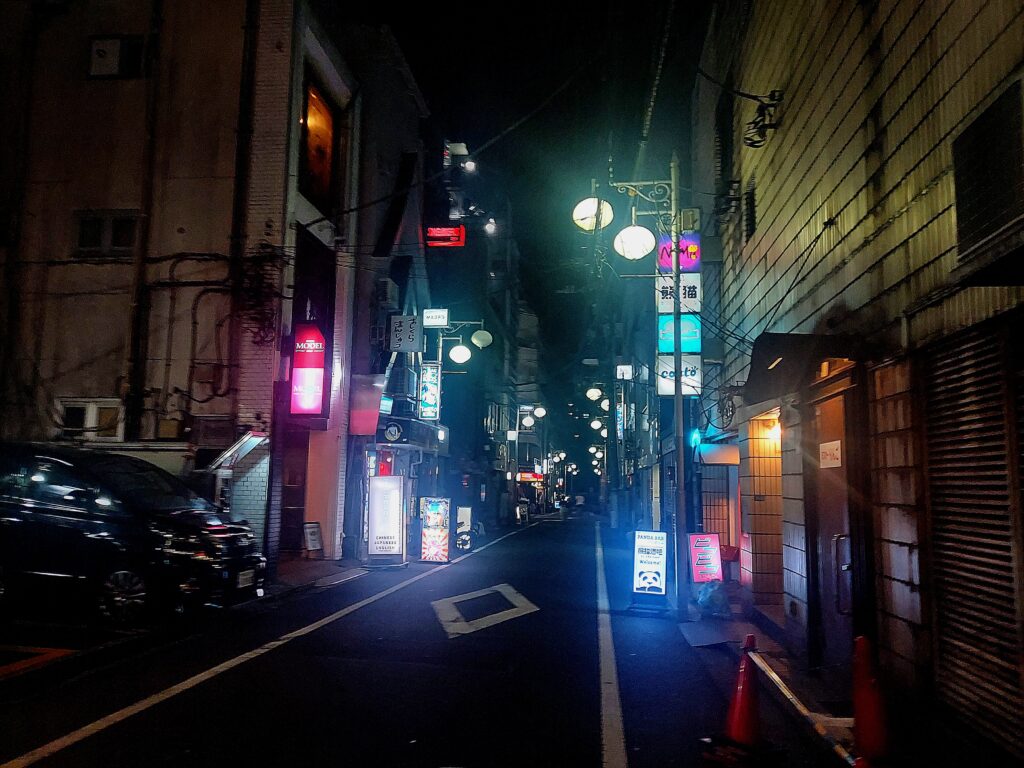

If you’re visiting Nichome for the first time, here are a few tips for how to get good deals and meet some fun new people in the district.
You may have heard that a lot of the bars and clubs there are gender-specific, and only allow one gender to enter. This is true, but there are also many venues that allow everyone, and even some gender-specific bars have certain nights where everyone is allowed in. For example, Bar Gold Finger, a fan-favorite lesbian bar in Nichome, allows everyone to enter six nights a week, even though you’ll still mostly find women there on these nights. Bars that allow entry to everyone are called “mix” bars, and specific nights where everyone is allowed in are called “mix” nights.
Another slightly surprising tip is that it’s good to come on the earlier side. Since many of the venues in Nichome have happy hour discounts starting at 5pm or 6pm, it’s actually wise to arrive around then to get some serious savings on your night out. One of the best deals out there is the nightly happy hour at KING Tokyo, a gay bar in Nichome that’s also a mix bar. Every night from 6pm to 9pm, for only ¥1,500 you can get an all-you-can-drink deal. This is notable because just one drink in Shinjuku Nichome can easily cost over ¥1,000.
If you want to know more about Nichome tips, check this article below!
Ready for an Unforgettable Night?
Hopefully this article has given you a bit of an inside scoop about what Shinjuku Nichome’s culture is like, as well as its history, etiquette and involvement in queer activism. This district is many things to many people, and it’s worth a visit just to find out what it may end up being to you.
If you’re interested in a comprehensive guide, check out this article.
